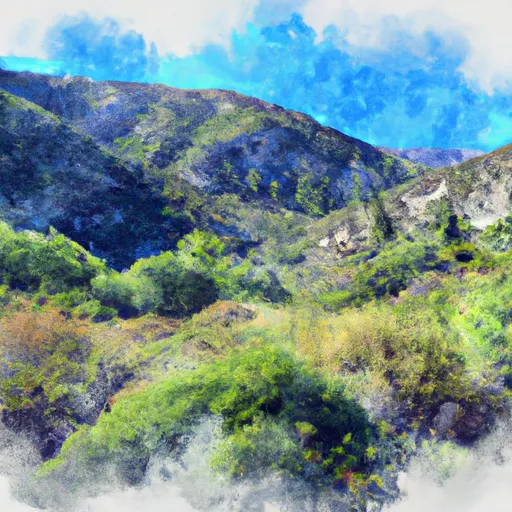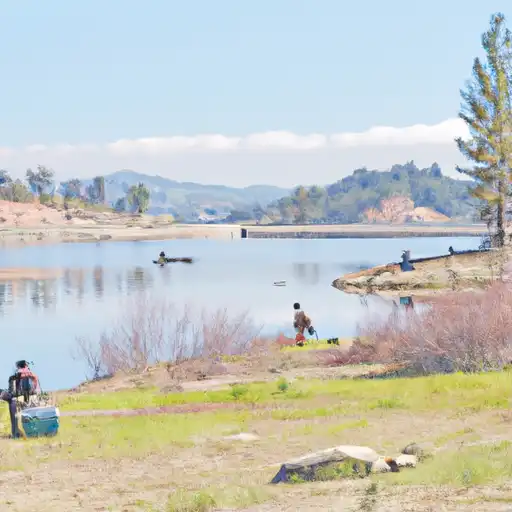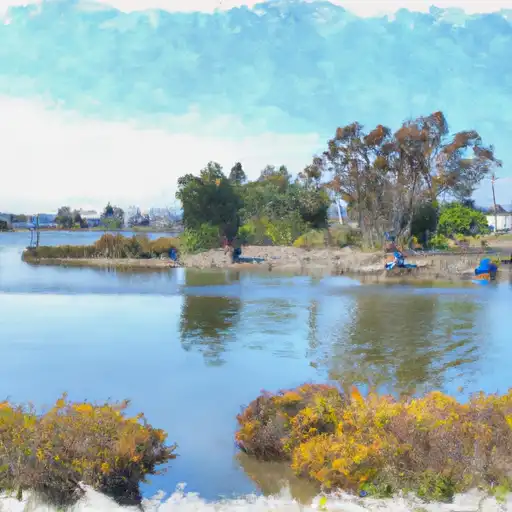Summary
Known for its sunny and mild climate, the city experiences a Mediterranean climate with hot summers and warm winters. Summers are typically dry, with temperatures ranging from 70°F to 90°F, while winters are cooler, with temperatures ranging from 50°F to 70°F. The city enjoys over 300 days of sunshine annually.
Hydrologically, Los Angeles is situated in the Los Angeles River watershed and is bordered by the Pacific Ocean. The city's primary source of water is the Los Angeles Aqueduct, which brings water from the Eastern Sierra Nevada Mountains. The city's water management focuses on conservation and efficient use of water resources.
Los Angeles offers a diverse range of outdoor recreation opportunities. The city is home to stunning beaches, including Santa Monica and Venice Beach, where visitors can enjoy swimming, surfing, and beach volleyball. Additionally, the nearby Santa Monica Mountains provide ample hiking, biking, and horseback riding trails. Griffith Park, one of the largest urban parks in North America, offers panoramic views of the city, hiking trails, and the iconic Griffith Observatory. Whether it's coastal activities, mountain adventures, or exploring urban parks, Los Angeles offers something for everyone seeking outdoor recreation.
Weather Forecast
Los-Angeles receives approximately 381mm of rain per year, with humidity levels near 58% and air temperatures averaging around 19°C. Los-Angeles has a plant hardyness factor of 10, meaning plants and agriculture in this region tend to thrive here all year round.

 Chelsey Park
Chelsey Park
 Augustus F. Hawkins Natural Park
Augustus F. Hawkins Natural Park
 Colonel Leon H. Washington Park
Colonel Leon H. Washington Park
 SLAUSON MULTIPURPOSE CENTER
SLAUSON MULTIPURPOSE CENTER
 Green Meadows Rec Center
Green Meadows Rec Center
 Alondra Park lake
Alondra Park lake
 Garvey Reservoir
Garvey Reservoir
 Legg Lake
Legg Lake
 Ballona Lagoon
Ballona Lagoon